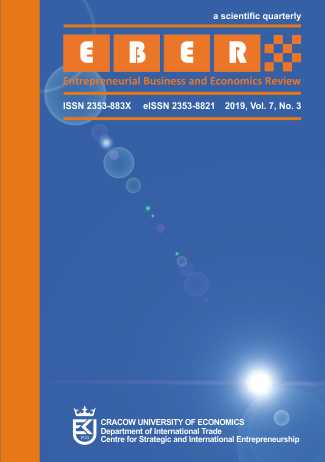The International Movements of Capital and Labour: A Study of Foreign Direct Investment and Migration Flows

Abstract
Objective: The study seeks to analyse the interaction of foreign direct investment, emigration, and immigration before and after the great economic recession.
Research Design & Methods: We used the Linear Mixed Model (LMM) to analyse interaction of foreign direct in-vestment (FDI), emigration, and immigration for 112 countries with which Spain has closely interconnected migratory and investment chains, and we focused on the analy-sis of both the pre-crisis 1998-2007 and post-crisis 2008-2016 periods.
Findings: The results show that the higher number of immigrants in Spain is related to an overall higher Spanish FDI flows toward the immigrants’ origin countries. This relation between migration and FDI might be sustained in the long run as opposed to what was often raised in classical approaches. In fact, migration and FDI act like two sides of the same coin.
Implications & Recommendations: Based on our results, we propose more proactive migration policies that support inte-gration in host countries, migrants’ return to home countries, and also trade agree-ments as an instrument that endorses selective FDI flow to more productive and criti-cal sectors in home countries. Moreover, our results show that lower FDI is usually associated with a higher volume of emigration from Spain.
Contribution & Value Added: In a sense, FDI and migration may be considered a risk aversion strategy.
Keywords
emigration, immigration, foreign direct investment, linear mixed model
